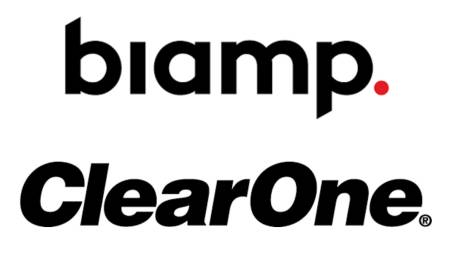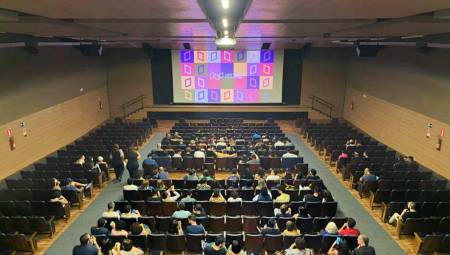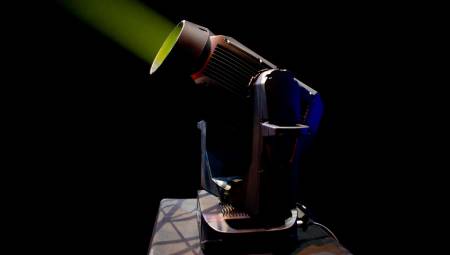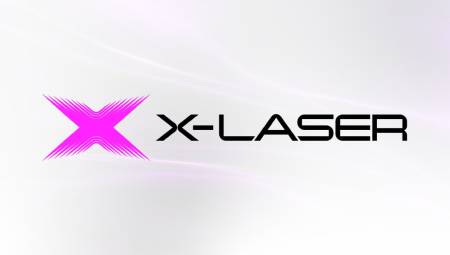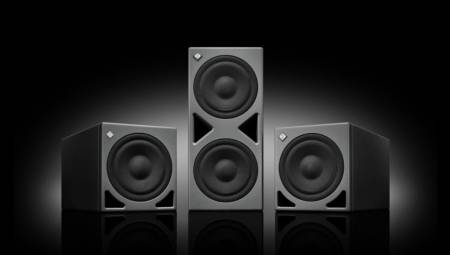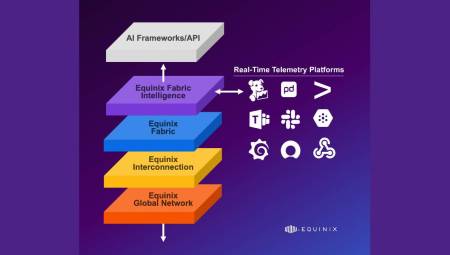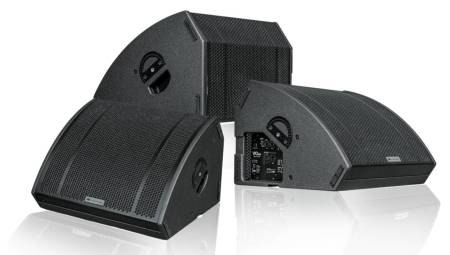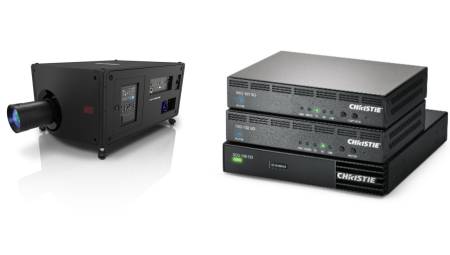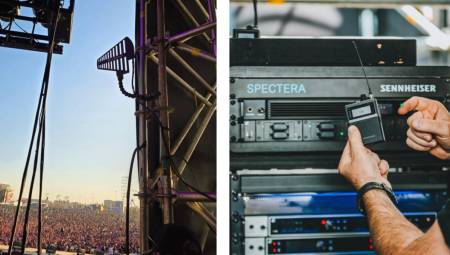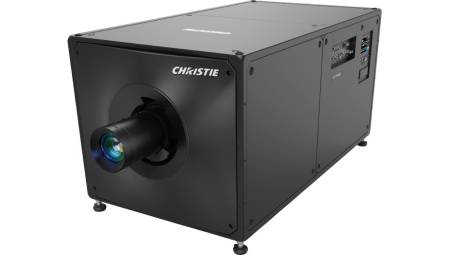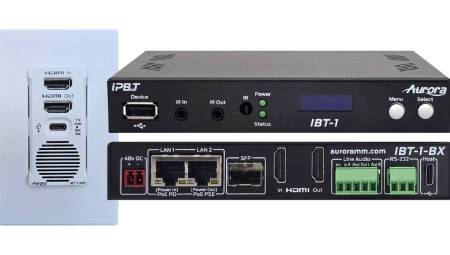 International. Sennheiser announced that it will file comments with the Federal Communications Commission (FCC) in light of the spectrum auction to be held in 2015. In addition, it has launched a website to keep its customers informed about the latest developments related to the future of wireless microphones and UHF spectrum.
International. Sennheiser announced that it will file comments with the Federal Communications Commission (FCC) in light of the spectrum auction to be held in 2015. In addition, it has launched a website to keep its customers informed about the latest developments related to the future of wireless microphones and UHF spectrum.
The website http://sennheiser.com/spectrum also contains a letter of support that microphone owners can download and use to express their own views with the FCC regarding the replacement costs of equipment that will suffer as a result of the reallocation of spectrum.
In the middle of 2015, the FCC plans to hold an "incentive auction" with the intention of transferring the currently allocated spectrum (OTA) of mobile broadband over-the-air TV services. The auction offers television networks the opportunity to waive or quota their spectrum license in exchange for a portion of the revenue generated by the auction.
Broadcasters operating on channels in the 600 MHz range that choose to remain on the air moved to another TV channel during the subsequent repackaging process, expect to have at least two years to complete. Meanwhile Sennheiser expects the operation of wireless microphones in the 600 MHz range to remain status quo until 2016.
While it is not known if the incentive auction will be successful, Sennheiser is preparing for the possibility of a 600 MHz reallocation and is recommending that microphone operators begin preparing for this transition. If the auction is successful, the degree of impact after UHF packaging is clear for the following reasons:
Wireless microphones may still be able to operate in some pockets of the 600 MHz, following FCC approval, in the planned safety band and mid-band breach. Most of the spectrum of re-used is divided into two blocks separated by uplink and downlink. Between them there will be a mid-band gap. Below the downlink block will be a security band.
Reassignment may vary by market. The FCC plans to pursue the "below 51" plan where a range will be reallocated, starting with TV channel 51 (698 MHz) downstream. It's unclear how far below 698 MHz will be reallocated, in large part, to the voluntary nature of the auction, but it could be why 578 MHz. The FCC wants the allocation between TV and mobile broadband to vary by market, but faces strong opposition from those who want the divisions to be uniform across the country.
Currently, there are two TV channels in each market that are reserved for the use of wireless micro/monitor, available to any microphone/monitor operator. It is unclear whether this will continue to be the case after the repackaging process.
Sennheiser hopes to have better visibility into the final details of this year.

































